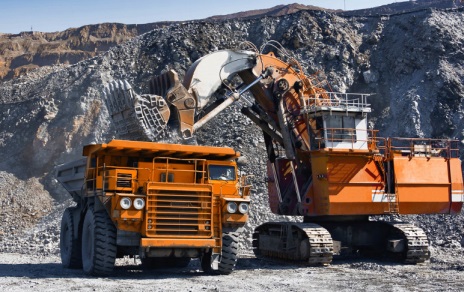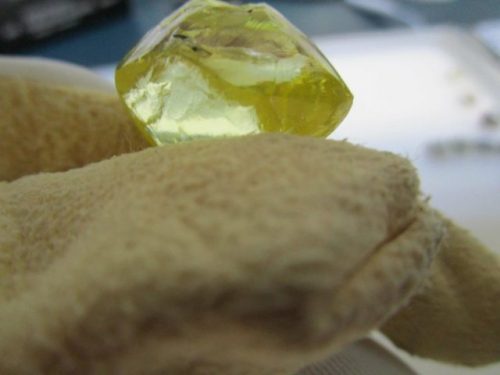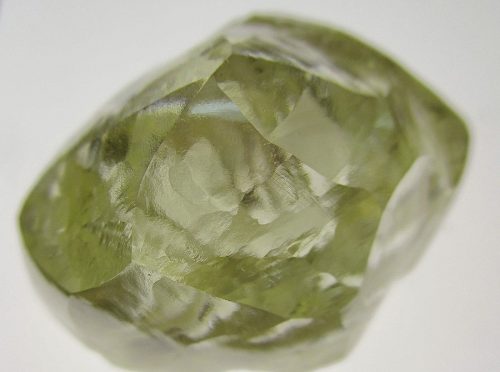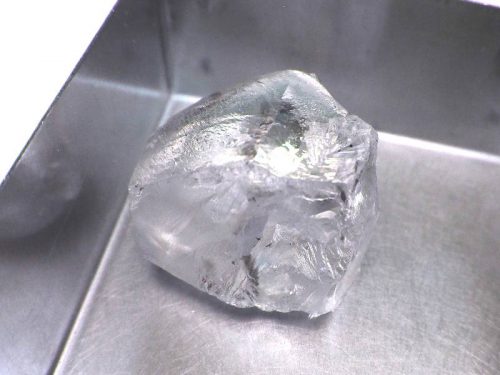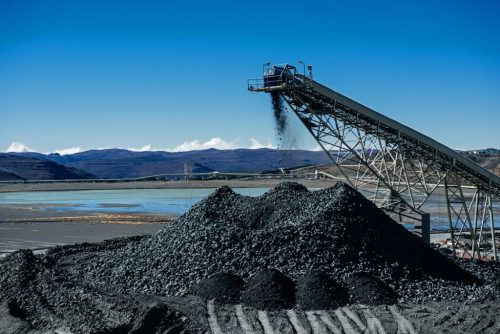215 carat Rough Diamond is Biggest in Liqhobong’s History
Firestone Diamonds is in the process of selling the largest diamond ever recovered from its Liqhobong mine, in Lesotho. The 215 carat stone is being put to a competitive bidding tender process, with viewings in Antwerp and Dubai. “This sale represents another milestone in our ongoing efforts to deliver value to stakeholders,” said Firestone in … Read more


